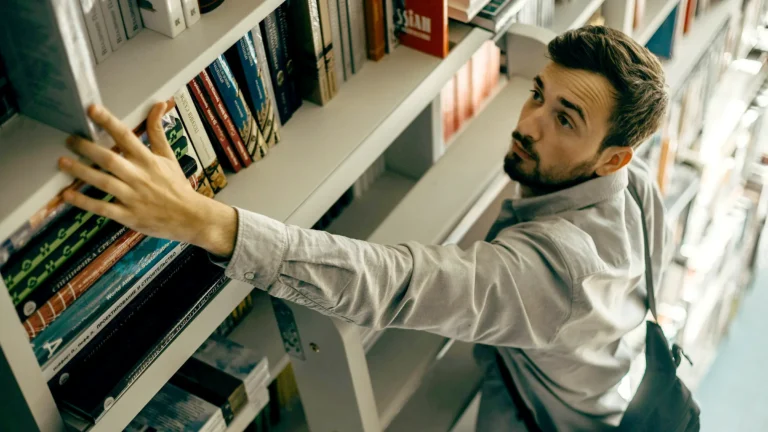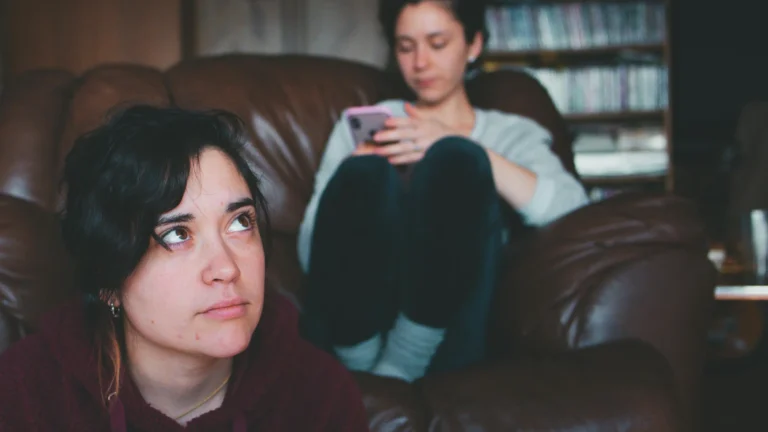Motivation: Theory of Planned Benahior
People during goal-directed activities.
Experiences happen in a sequence that mimics the dramatic structure familiar in storytelling. A person’s experience when sending an email starts by navigating to Gmail using a web browser. Next, they create a new email and enter the address information. They then write a subject and the body of the message. The activity concludes when the sender clicks “send” and closes Gmail. Using Gmail is a pretty straightforward process.
However, not all Gmail experiences are the same. Suppose a person writes a breakup email to a boyfriend or uses assistive devices because they are blind. In that case, the Gmail user experience will be very different—the story will include twists and turns. Stories are seldom the same for all people in all experience design scenes. When designers embrace their role in interpreting and designing stories, they can facilitate usage scenarios in ways that match actors’ goals.
Does the person perceive they can complete the activity?
What is the person’s attitude about the activity?
What will (important) other people think of them when they do the activity?
References
Ajzen, I. (1991). The Theory of Planned Behavior. Organizational Behavior and Human Decision Processes, 50, 179–211.
Maslow, A. H. (1943). A theory of human motivation. Psychological Review, 50(4), 370. https://doi.org/10.1037/h0054346



